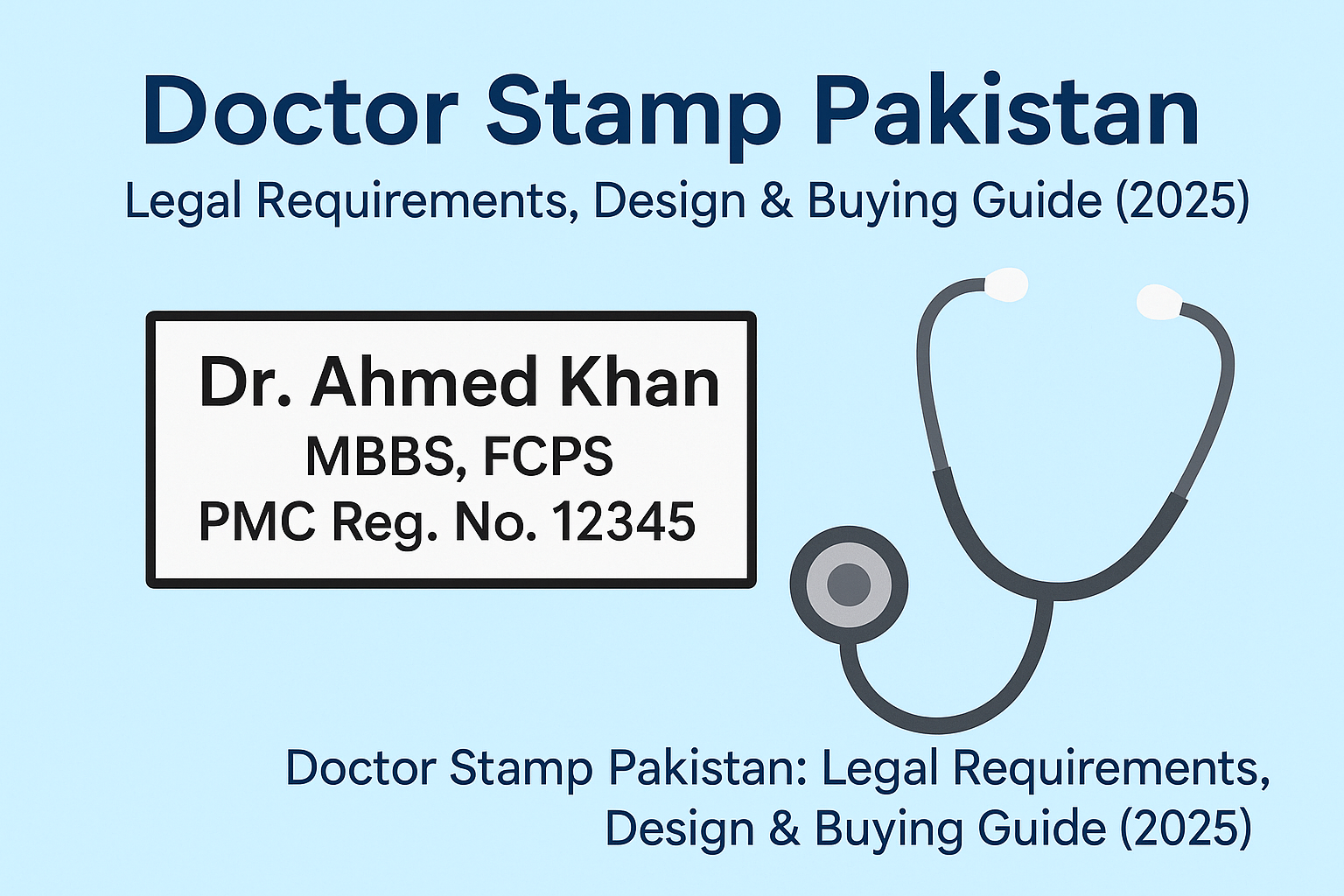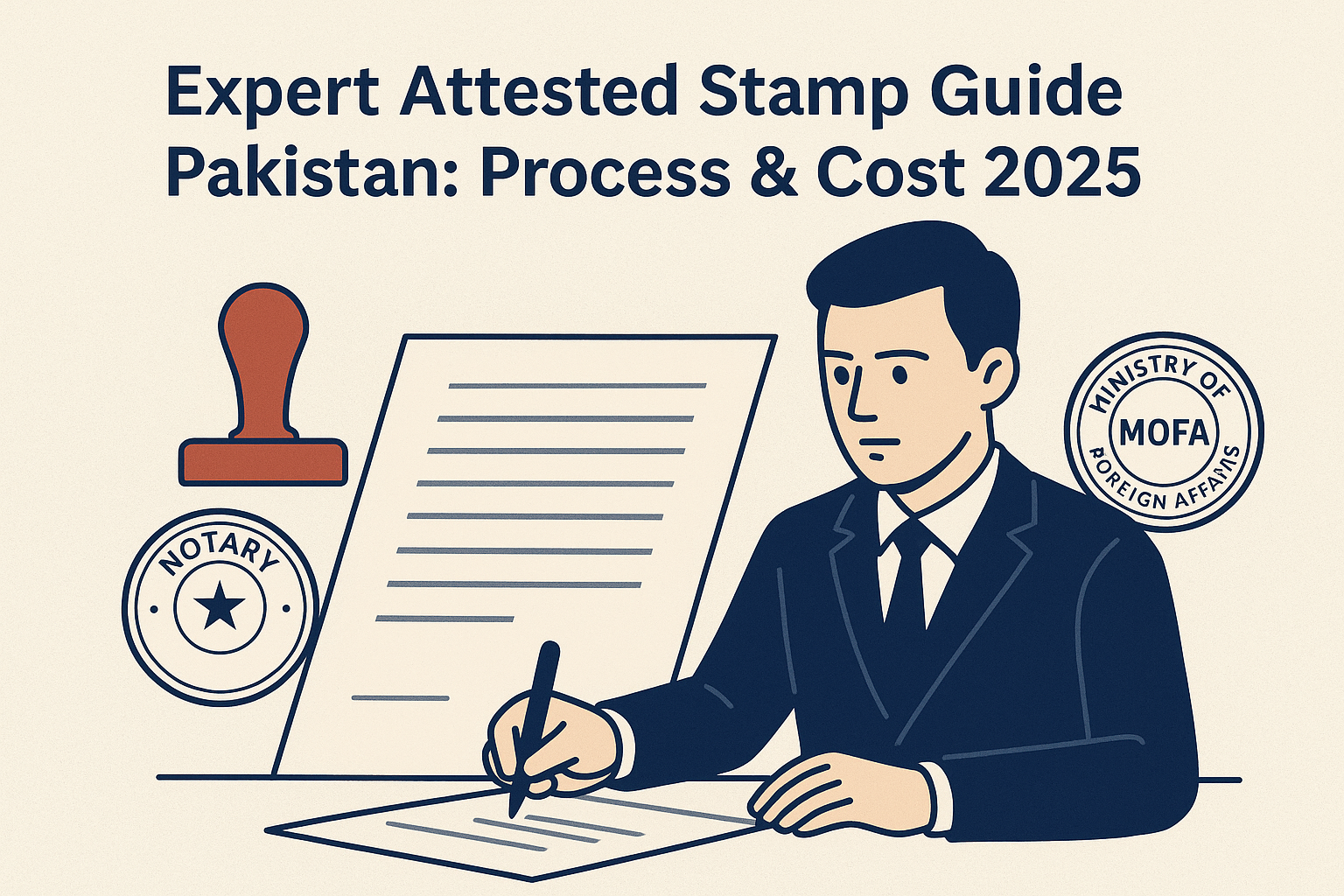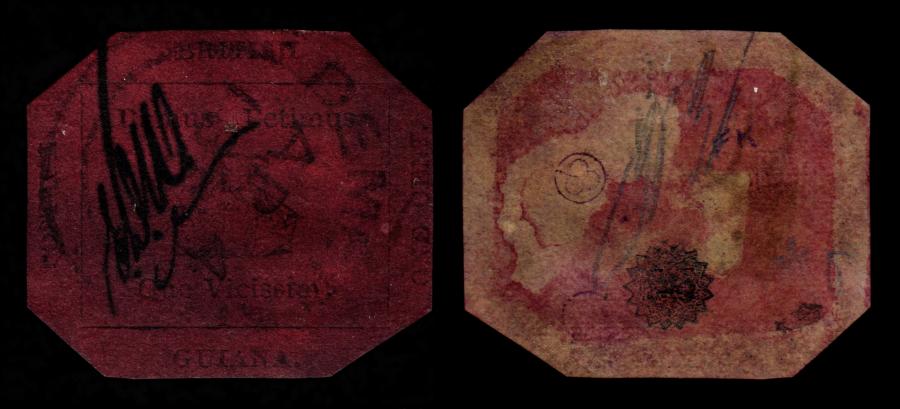Stamp collecting has always been a fascinating way to connect with history, but some stamps and seals carry a story much deeper than others. One such example is the Government Mohar, a term that often appears in the world of rare stamps and collectibles. If you’ve recently come across this term or are curious about its significance, this guide will help you understand what it means, why it’s valuable, and how collectors view it today.
What is a Government Mohar?
The word “Mohar” comes from South Asian history, traditionally referring to a seal or stamp used by governments and rulers to authenticate official documents. Over time, the term also became associated with stamped impressions and postal seals issued under official authority.
For collectors, a “Government Mohar” often refers to:
Stamped coins and documents that combined monetary and postal use.
Seals used in official documents by British India, Mughal rulers, and regional governments.
Rare postage stamps that carried the “mohar” marking.
Historical Significance
Government Mohars were not ordinary stamps; they were symbols of authority and authenticity. These seals often carried:
- The name of the ruling power or government.
- Emblems, crests, or symbols of authority.
- Unique ink impressions that made them difficult to counterfeit.
Collectors value these items because they connect directly to political, postal, and cultural history. Owning a government mohar is like holding a piece of administrative history in your hands.
Rarity and Value
When it comes to philately (stamp collecting), rarity often drives value. Government Mohars are considered rare for several reasons:
- Limited Issuance – Unlike regular stamps, they were issued for specific purposes and in small quantities.
- Historical Periods – Many mohars date back to colonial or pre-independence eras, making them scarce today.
- Preservation Issues – Being on fragile paper or documents, many mohars did not survive intact.
💡 Value Range
- Common Government Mohar seals may sell for $20–$50.
- Rare 19th-century or pre-independence mohars can reach hundreds or even thousands of dollars depending on condition and historical importance.
How to Identify an Authentic Government Mohar
Since replicas exist, it’s important to know what makes a mohar authentic:
- Paper/Material: Genuine mohars were usually on official paper or stamp stock.
- Ink Quality: Authentic mohars used strong, lasting ink that often shows age but not smudging.
- Design Details: Look for precise engravings, royal symbols, or government emblems.
- Provenance: Stamps with verifiable history or certificates are always more valuable.
Tips for Collectors in 2025
If you’re interested in adding a Government Mohar to your stamp collection, here are some practical tips:
- Start Small – Begin with affordable mohars to understand variations before investing heavily.
- Check Auction Houses – Platforms like eBay, Delcampe, and heritage auction sites often list rare mohars.
- Network with Collectors – Join stamp clubs or Reddit communities (like r/philately) to find experts.
- Preserve Properly – Store mohars in acid-free albums or protective sleeves to prevent damage.
- Stay Updated – Values change over time; monitor online forums and auction results for trends.
Why Collect Government Mohar Stamps?
Unlike regular postage stamps, government mohars carry a dual charm—they are both administrative artifacts and rare collectibles. For philatelists (stamp enthusiasts), collecting mohars is not just about value but also about preserving a unique piece of history.
Conclusion
The world of Government Mohar stamps offers collectors a chance to explore history in a very personal way. Whether you’re a beginner or a seasoned philatelist, understanding their history, rarity, and value can make your collection more meaningful.
If you’re planning to grow your stamp collection in 2025, keep an eye out for these rare seals—they might just become the most treasured items in your album.



